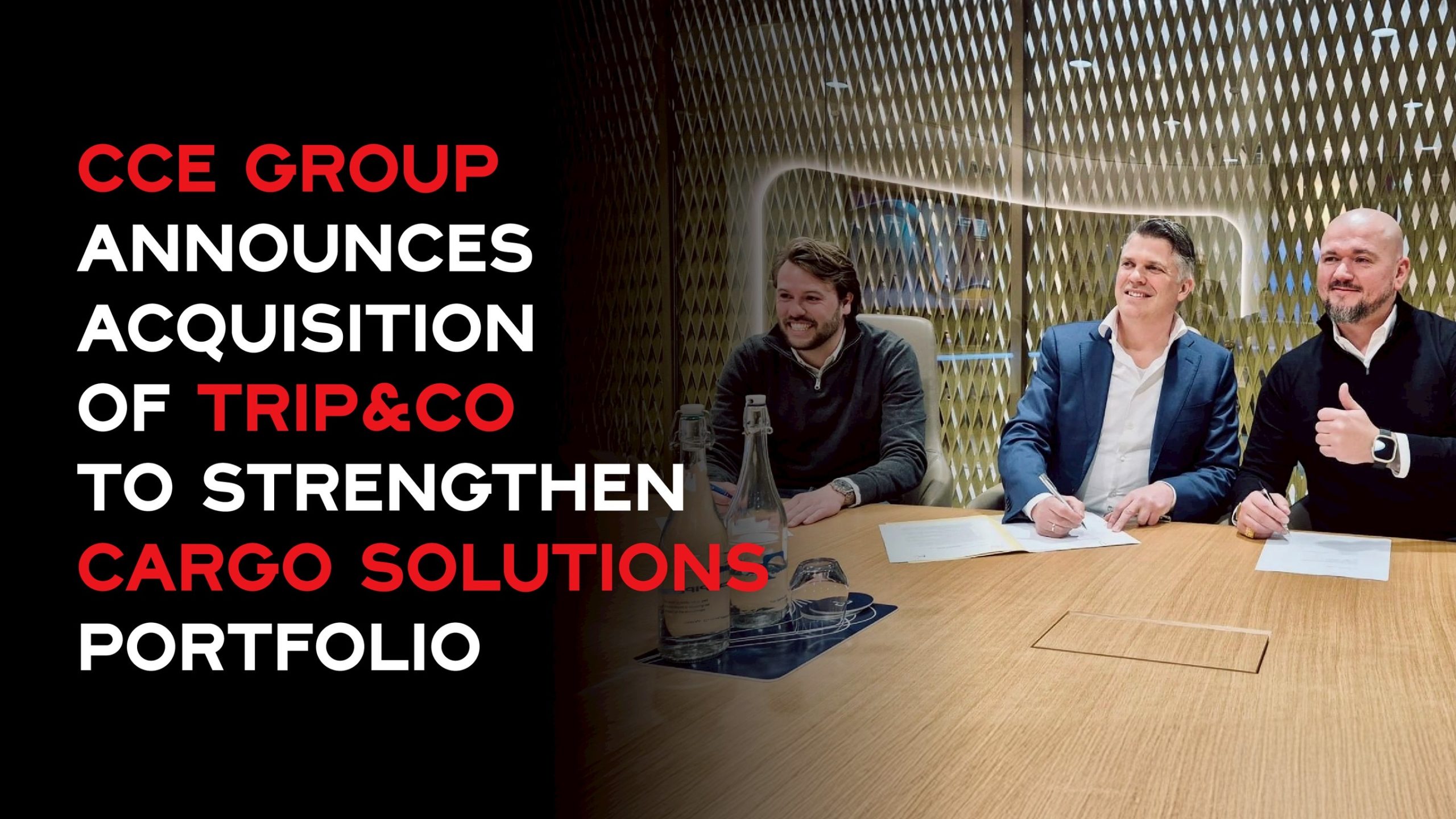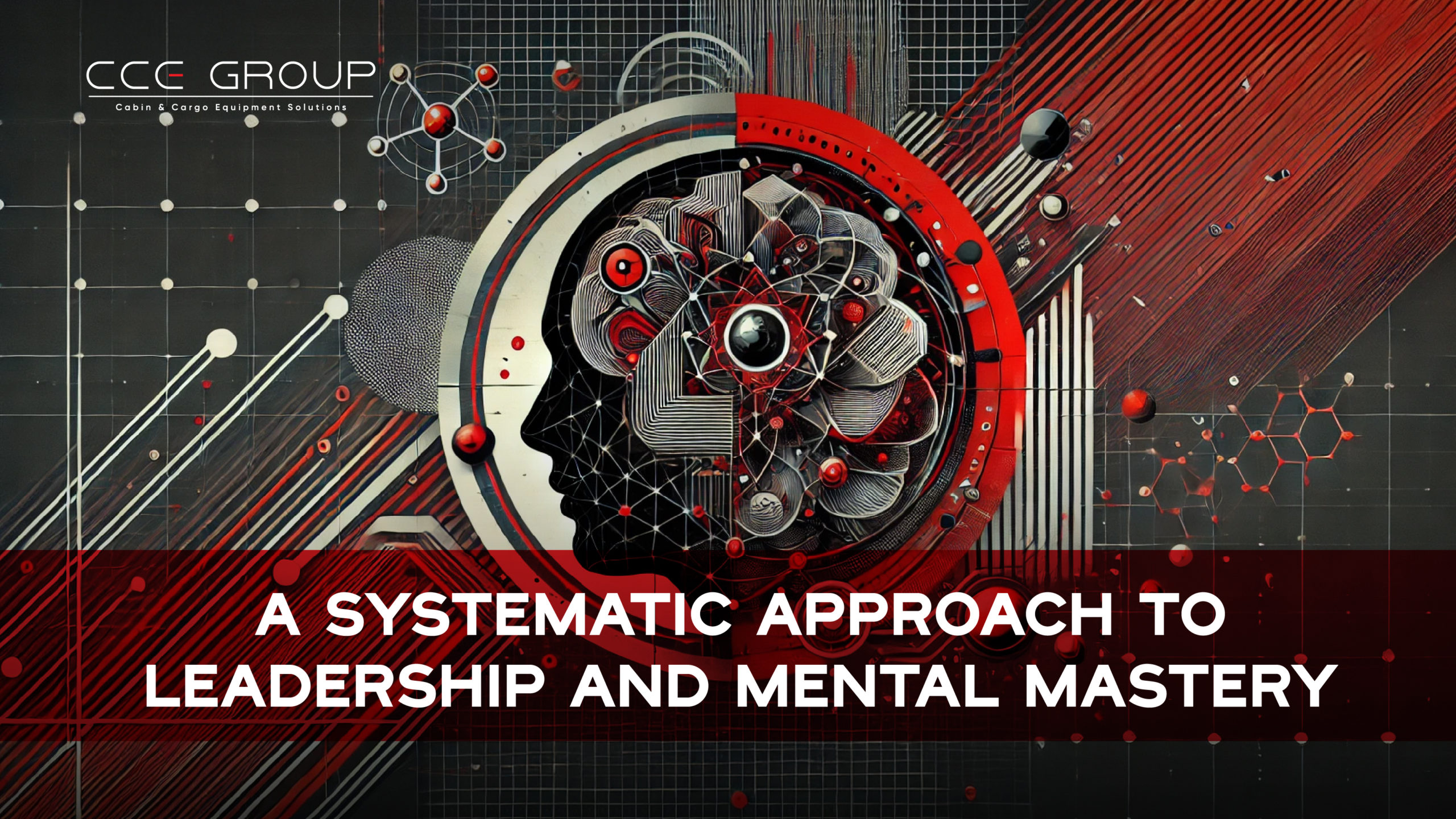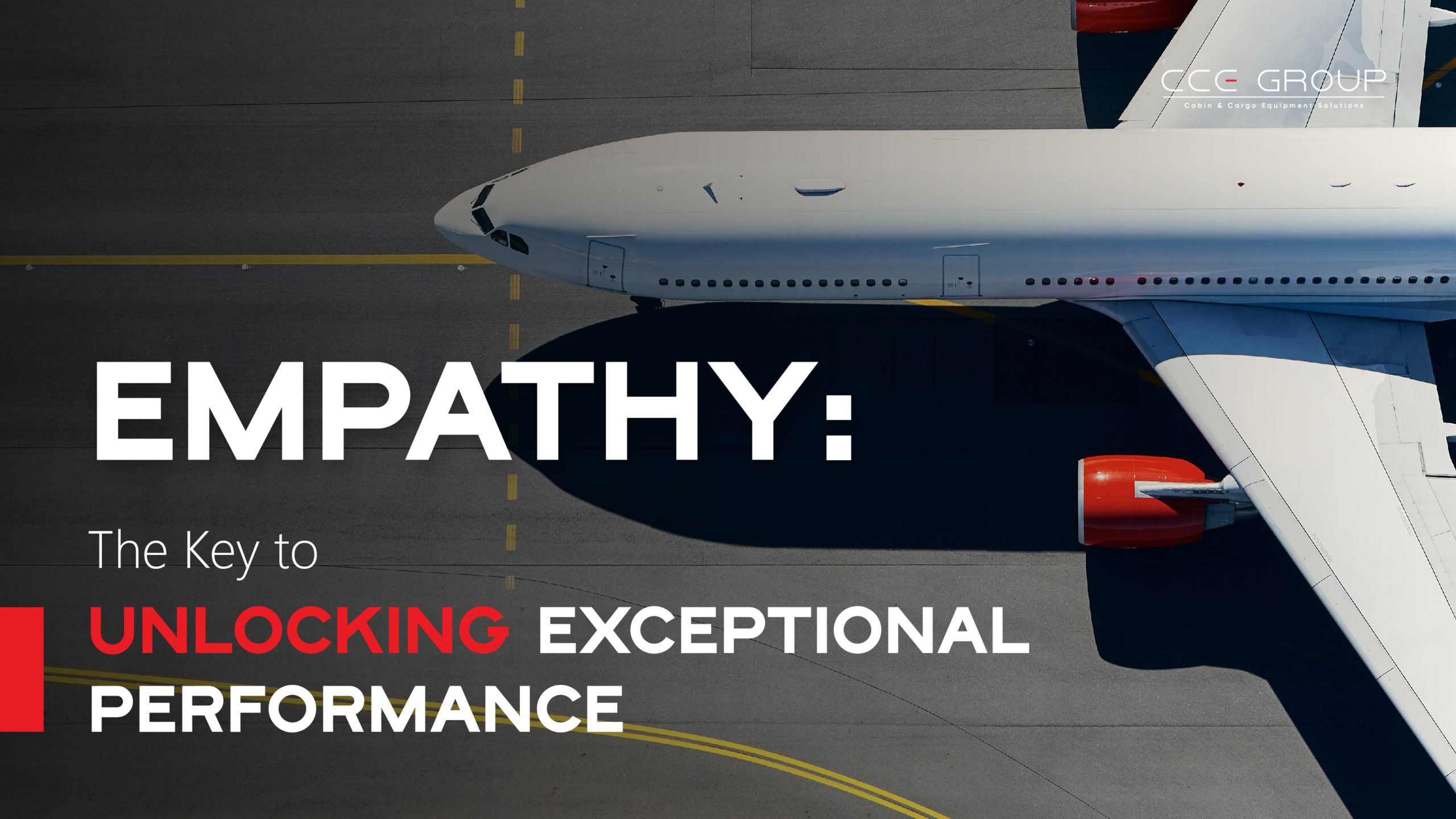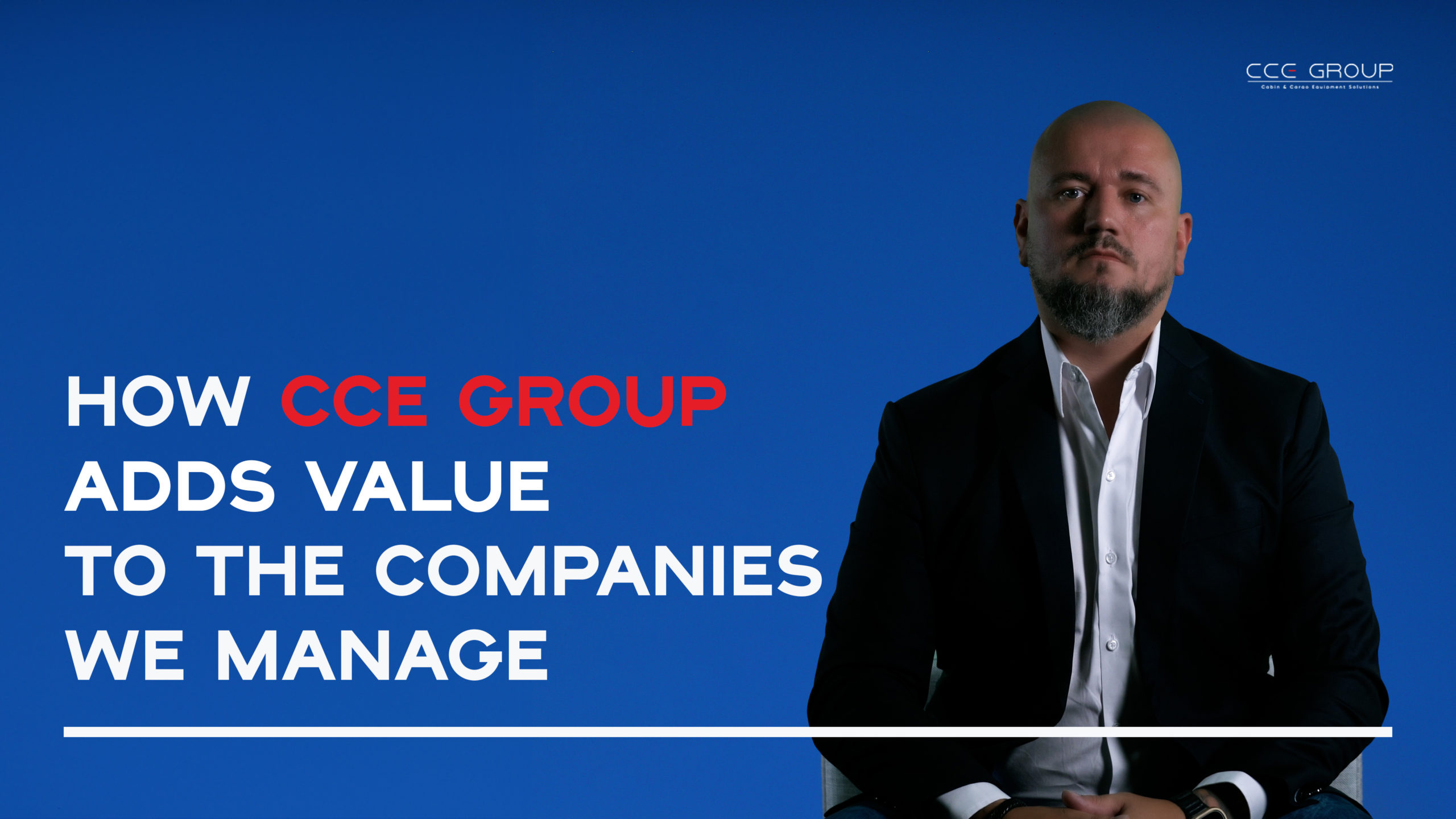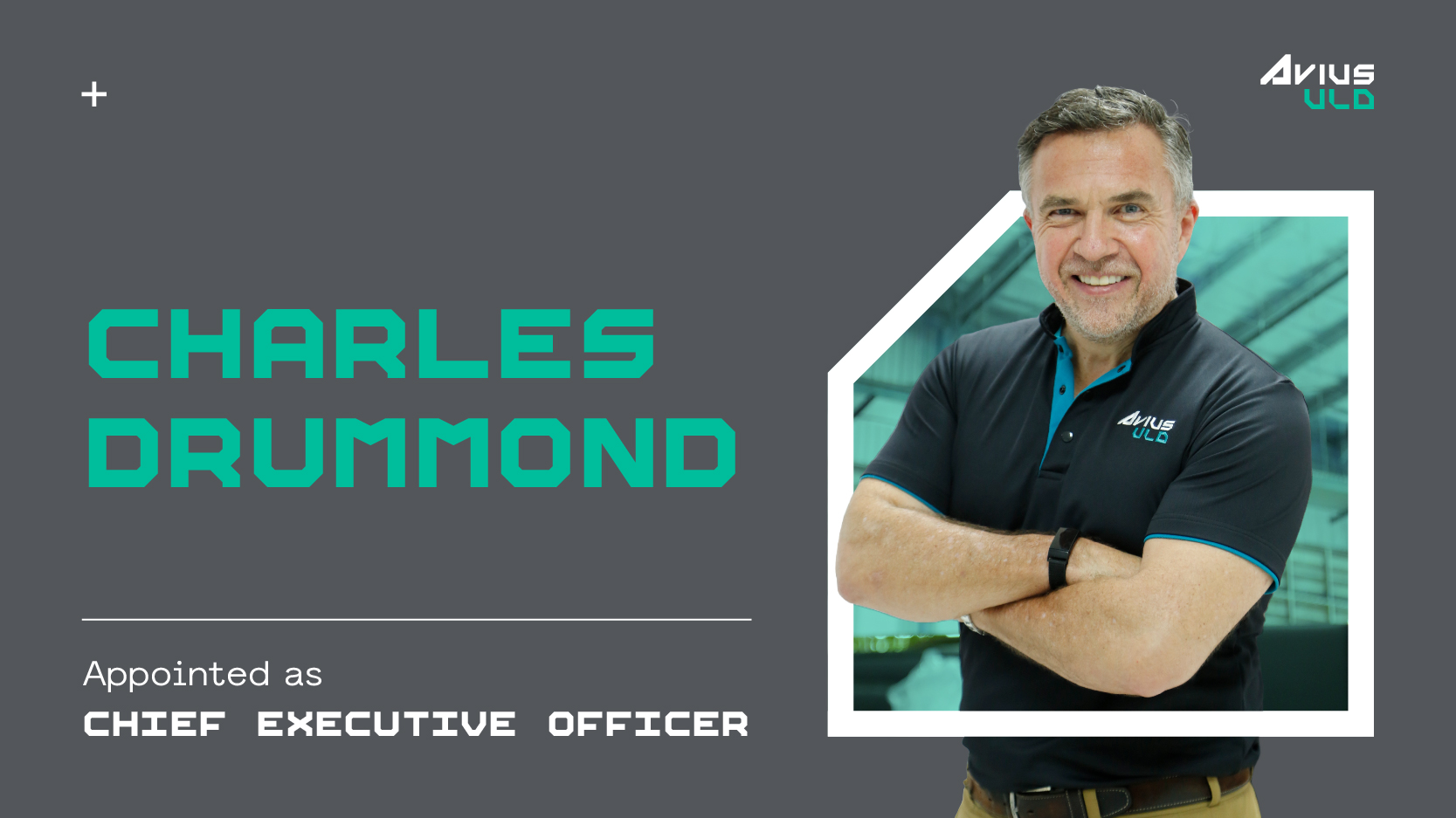Imagine managing a project where every department seems to be working toward a different goal. Logistics is focused on timelines, production prioritizes throughput, and engineering is chasing perfection. That was my reality as a young project manager tasked with delivering multi-million dollar contracts. Without formal authority, I was responsible for bringing together diverse teams and ensuring that all these moving parts worked toward a singular goal: delivering value to the customer.
Life as a project manager was a constant balancing act. On one hand, there was the immovable pressure of delivering on deadlines promised to the client. On the other hand, there were internal stakeholders, each with their own priorities and varying levels of buy-in to the project’s overall goals. Every day required navigating conflicting interests, such as engineering’s desire for additional testing clashing with logistics’ insistence on shipping deadlines. Ensuring quality control while maintaining punctuality meant walking a tightrope, with little room for error.
Complicating matters further, I often dealt with department representatives rather than the department heads themselves. These representatives understandably acted as gatekeepers, focused on protecting their department’s interests and resources. They rarely had the authority to make sweeping decisions on behalf of their department, but they were the ones I had to work with to drive progress. In essence, I was managing at multiple levels without formal authority, acting as a mediator between client expectations and internal constraints. Success depended on my ability to build trust, foster collaboration, and create alignment – all while keeping the project moving forward.
It was during this period that I truly grasped the importance of influence over authority – in other words, leading without authority. My role required me to understand each stakeholder’s priorities and constraints. By demonstrating empathy, I could address their concerns and show how their contributions fit into the bigger picture. For example, rather than dismissing engineering’s push for design perfection, I worked to find compromises that satisfied their standards without delaying delivery. These experiences taught me that leadership is not about forcing compliance but about creating an environment where diverse teams can collaborate effectively toward a common goal.
Seeing the Bigger Picture
As much as I valued the tools of my trade, such as Six Sigma frameworks and RACI charts, I came to realize that they are no substitute for human connection. Leadership is not about imposing your priorities on others. It is about creating an environment where people can perform at their best, even when their priorities conflict with your own.
Being a project manager taught me to see the bigger picture. It was not just about completing tasks. It was about understanding how every piece fit into the larger puzzle. That perspective has been invaluable in my role as Group CEO of CCE Group. Today, I lead a global organization with over 1,500 employees across multiple countries. Aligning a portfolio of companies under one cohesive vision requires more than strategy and spreadsheets. It demands a deep understanding of people, their motivations, and the cultural nuances that influence their work.
One of the most challenging aspects of my current role is navigating the complexities of mergers and acquisitions. In every acquisition, the dynamics are complex and layered. Leadership teams approach integration with caution, concerned about losing their autonomy, disrupting established workflows, or diluting their company culture. Instead of imposing directives, my approach has always been to invest time in understanding their perspectives.
This means actively listening to their challenges, aligning on shared goals, and demonstrating how integration can drive mutual success. By focusing on collaboration and trust-building, we have consistently transformed initial skepticism into strong, productive partnerships. This process has shown me that empathy in leadership is not about avoiding conflict or simply agreeing with others. It is about recognizing the unique strengths and concerns of each team, addressing them thoughtfully, and working together to craft solutions that benefit everyone involved.
Reflecting on my journey, I see now that my time as a project manager was less about tasks and more about people. It was about leading by example, building alliances, and creating alignment without authority. Those same principles guide me as CEO. Whether I am managing a merger or solving an organizational issue, I approach every challenge with empathy, communication, and adaptability.
Leadership is not defined by hierarchy or titles. It is about influence, trust, and the ability to bring people together around a shared goal. My journey from project manager to Group CEO has shown me that the soft skills of empathy and collaboration are often the hardest and most critical skills to master.
If there is one takeaway from my experience, it is this: success comes not from commanding teams but from understanding them. When you lead with empathy, you create the conditions for others to succeed. That is the true measure of leadership.

